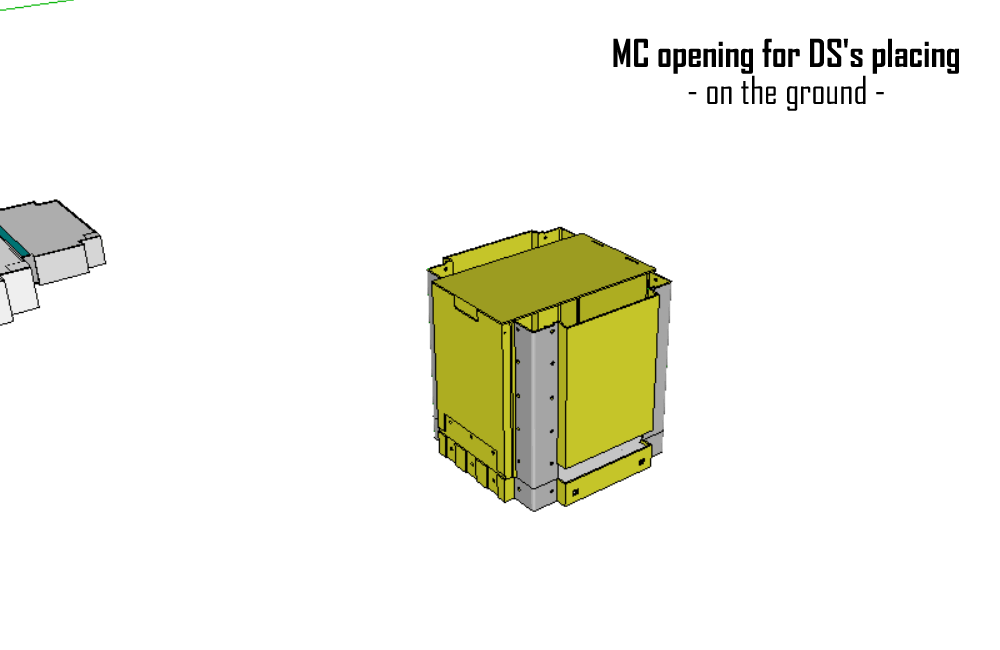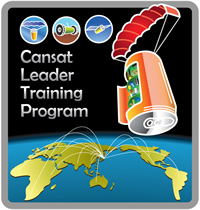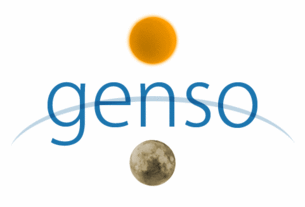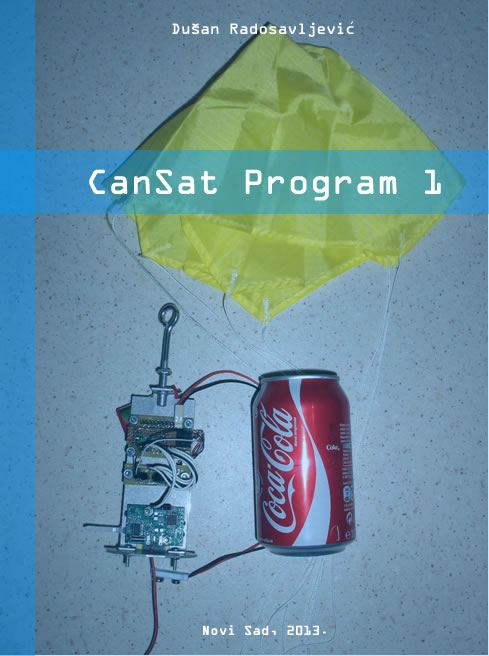
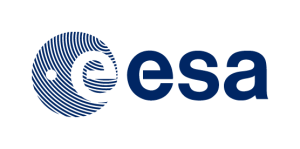
Program je održan u periodu od 30. novembra 2015. do 04. januara 2016. godine u organizaciji European Space Agency (ESA).
Program je organizovan u vreme održavanja „COP21 | United nations conference on climate change“ kao vid podrške ovako značajnom događaju, odnosno kao doprinos širenju svesti o ozbiljnosti situacije u kojoj se Planeta nalazi, kao i edukovanju participanata o aktuelnim i planiranim projektima opservacije Zemlje satelitskim putem i njihovom značaju.

P r e d a v a č i:
- Professor Martin Wooster (vodeći predavač)
Professor of Earth Observation Science in the Department of Geography, King’s College London, and a Divisional Director of the NERC National Centre for Earth Observation (NCEO).
Senior lecturer in Remote Sensing in the Department of Geography, UCL. Mat is a member of the Environmental Monitoring and Modelling Group and the NERC National Centre for Earth Observation (NCEO).
Climate scientist and Head of the Open Oceans research group at the British Antarctic Survey. Emily is also a fellow of Darwin College, Cambridge and an associate of the Cambridge Centre for Climate Change Mitigation Research.
- Professor Andrew Shepherd
Professor of Earth Observation at the University of Leeds. Andrew is also the Director of the NERC Centre for Polar Observation and Modelling and Principal Scientific Adviser to the European Space Agency’s CryoSat-2 satellite mission.
Emeritus Professor of Meteorology, University of Reading. Alan is the Founder and former Director of the NERC National Centre for Earth Observation.
Spoljna stručna lica koja su doprinela realizaciji programa:
- Dr Pierre-Philippe Mathieu, European Space Agency
- Dr Stephen Briggs, European Space Agency
- Professor Konrad Steffen, Director, WSL – Swiss Federal Institute for Forest, Snow and Landscape Research (WSL)
- Professor Anny Cazenave, Senior Scientist at the ‘Laboratoire d’Etudes en Géophysique et Océanographie Spatiale’ (LEGOS), Centre National d’Etudes Spatiales (CNES) and Director for Earth Sciences at the International Space Science Institute (ISSI), Bern, Switzerland
- Dr Kanta Kumari Rigaud, Lead Environmental Specialist, Climate Change Group, World Bank
- Dr Angela Benedetti, European Centre for Medium-Range Weather Forecasts
- Dr Nathalie Pettorelli, Zoological Society London
- Professor Chris Merchant, University of Reading, NCEO
- Dr Melanie Ades, Risk Management Solutions (RMS)
- Dr Helen Snaith, British Oceanographic Data Centre at the National Oceanography Centre
- Dr Stephanie Henson, National Oceanography Centre
- Dr Simon Boxall, University of Southampton
- Dr Paolo Cipollini, National Oceanography Centre
- Professor Chris Lintott, University of Oxford
- Dr Kirsten Barrett, University of Leicester



